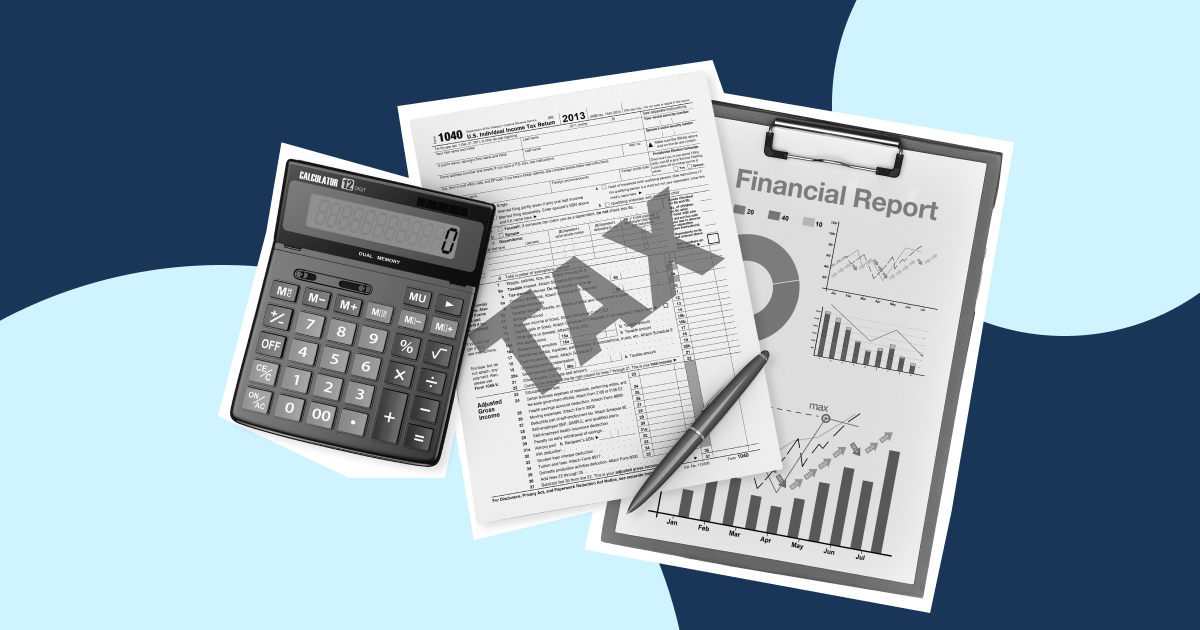Summary
Inventory turnover refers to the rate at which a company sells and replaces its stock of goods during a particular period. This can be used to measure the overall efficiency of a business in which a higher turnover indicates a better performance and vice versa. A basic way to calculate your company’s inventory turnover is this:
- Firstly, determine the total cost of goods sold during a particular time period.
- Next, calculate the cost of average inventory by adding together the beginning and ending inventory balance for the same time period and divide by two.
- Lastly, divide the costs of goods sold by the average inventory.
The formula should look something like this:
Inventory Turnover Rate = Costs of Goods Sold / Average Inventory
What does a high turnover rate mean?
When your business has a high turnover rate, it means that you are not overspending by buying too much inventory and wasting resources on storage costs. It also shows that you are able to effectively sell the inventory you buy and replenishing the cash you spend quickly.
On the flip side, a low inventory turnover rate may signal that your company is overstocking. Other reasons can include inefficiencies in the product line or that there needs to be an improvement in your sales and marketing efforts.
This is usually a bad sign as keeping products sitting in a warehouse for too long can lead to deterioration while incurring holding costs. This also ties up your company’s cash and if the items in your inventory do not get sold, you might not have the money available to make your necessary business payments. You’ll also be susceptible to any price drops in the market.

How does a high turnover rate increase the profitability of your business?
For starters, a faster turnover rate reduces your holding costs. This includes rent, utilities, insurance, and other maintenance costs. As long as the revenue of selling the products remains constant (there’s no price drop), reducing your holding costs can increase your net income and profitability. For faced-paced industries such as fashion and technology, having inventory that turns over quickly also helps you to respond to rapid changes in customer demands.
Does this mean that a high turnover rate is always good?
Not exactly. A turnover rate that is too high may actually work against you as it can mean ineffective buying that leads to a loss in business because your inventory is too low. You never want to have stock shortages when running a business as it ultimately leads to lower sales.

What can you do to increase the inventory turnover rate for your business?
There are many ways you can do this such as increasing demand for your inventory through a successful marketing campaign. To do this, you must ensure that you know exactly the market you are targeting and ensure that you can differentiate your business clearly from your competitors.
You should also have a good understanding of your best-selling products and encourage your customers to pre-order products. Not only does this create buzz and excitement for your customers, but it also gives your business a better idea as to how to gauge the market demand for your products while enabling you to plan inventory purchases better.
Additionally, you should continuously review your pricing strategy and analyse what will lead to an overall increase in sales value. At the same time, regularly review purchase prices with your suppliers and see if you can get discounts when you place your orders.
Knowing which products to stock and how much to order is integral to your business success. Having a solid understanding of your inventory turnover ratio ensures that you know how exactly your business is faring and the steps necessary to improve its profitability.










%201.webp)


.webp)